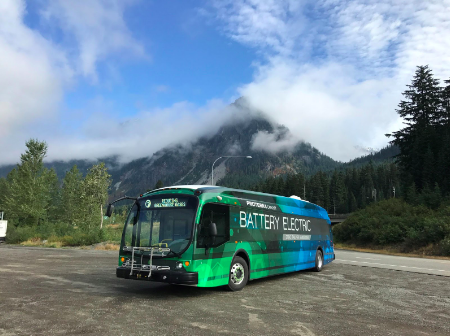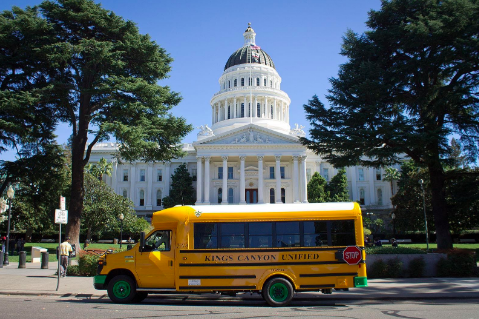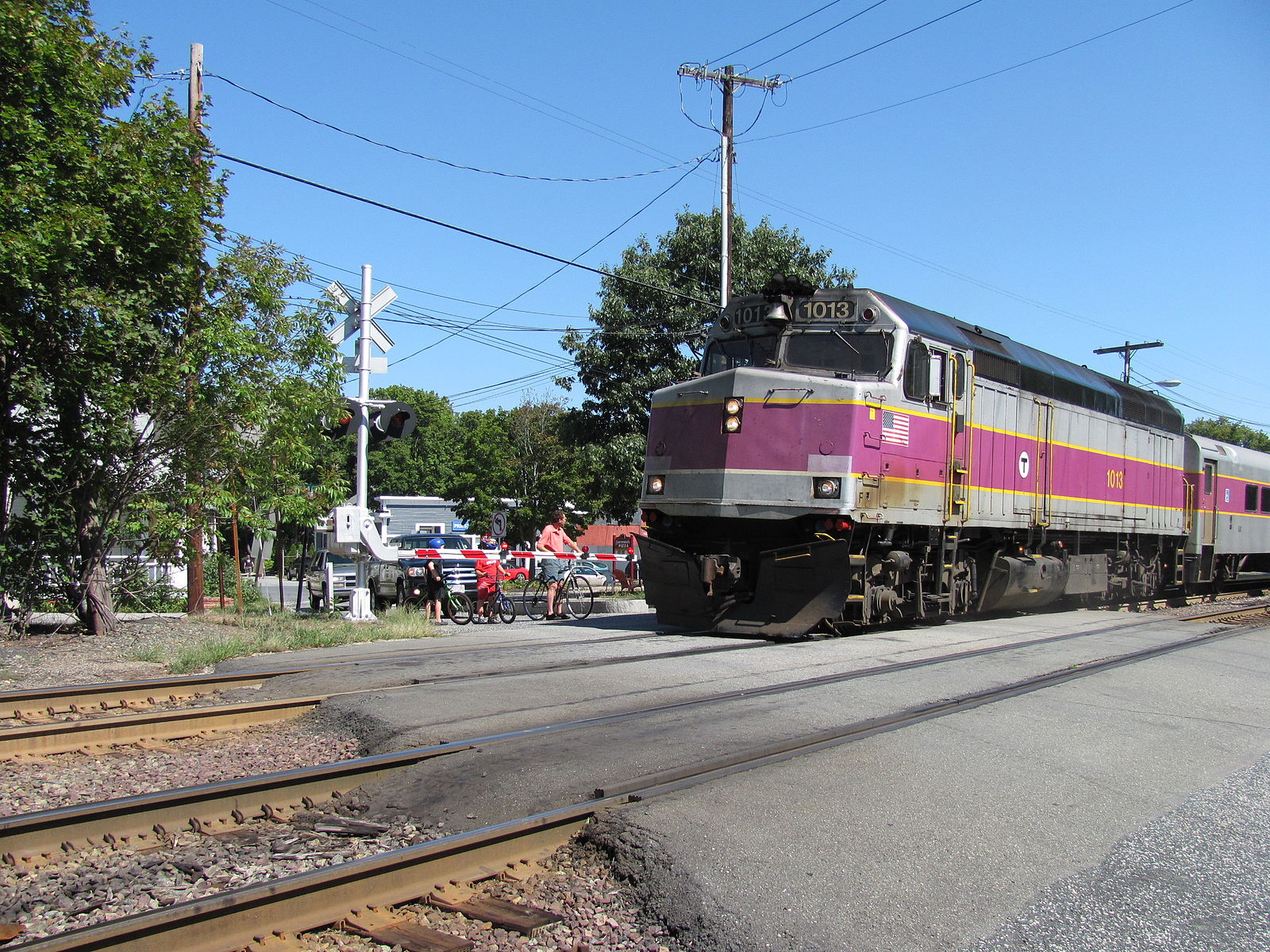2019 in Review: The U.S. commits to clean public transit
State transit agencies and school districts are leading the way.

A Proterra electric bus at Snoqualmie Pass, Wash. (Photo: Wikimedia Commons)
A decade ago, electric buses weren’t on most cities’ radars. And though some states used hybrid vehicles, those fleets still ran on fossil fuels, and made up less than five percent of all buses in the U.S. As we usher in the new decade in 2020, a lot has changed — and we should acknowledge the progress we have made.
Today, there are now nearly 2,200 fully electric, zero-emission buses (ZEBs) in operation nationwide — providing Americans with cleaner, healthier, and more cost-effective transportation options.
That number is growing quickly. Transit agencies in 45 states are planning to operate or have already begun running ZEBs on their bus routes, and Lion Electric, the leading distributor of electric school buses in North America, has deployed 150 electric school buses in four states.
Additionally, last year, the U.S.’s largest transit authorities continued transitioning to electric buses. In November of 2019, the Los Angeles Department of Transportation purchased 130 electric buses. In Seattle, the King County Metro announced plans to purchase 120 electric buses in 2020, adding onto its existing fleet of thirteen. And the NYC Metro Transit Authority plans to set aside $1.1 billion for 500 new electric buses over the next four years, rolling out its first in December.
This progress was not limited to large urban areas, as many regional and rural transit authorities also made commitments to electric buses in 2019. In Tennessee, the Chattanooga Area Regional Transportation Authority now has three new ZEB’s in service. And Wyoming’s Southern Teton Area Rapid Transit (START) debuted its first of eight electric buses in February.
Transit agencies in 38 states including Alabama, Nebraska, and Missouri all received grants from the Federal Transit Administration to fund electric bus projects. The grants total over $80 million nationwide.
School districts also continued modernizing their bus fleets in 2019. In California, 26 county school districts received nearly $70 million from the California Energy Commission’s School Bus Replacement Program. Under this program, California schools will be able to replace over 200 diesel school buses with zero-emission electric buses.

An electric school bus in front of the California State House. (Photo: Wikimedia Commons)
In Virginia, Dominion Energy is working with local school districts to deploy 50 electric school buses by the end of 2020, and — in a push to create the “largest fleet of its kind,” — 1,000 electric school buses by 2025.
Of course, there is still a lot of work to be done. Five states still have no commitments to electric buses. And while numerous transit agencies have committed to full electrification last year, it is crucial that those promises turn into actual, real buses hitting the streets. It is important that we, as citizens, hold policymakers accountable for their timelines, and ensure that the money set aside for clean transportation is used appropriately. We can’t afford to veer off course.
As a whole, the U.S. is still a long way away from 100 percent zero-emission public vehicles, but in 2019, state transit authorities and school districts began implementing specific, actionable plans to electrify their fleets. We will all soon reap the benefits: cleaner air, healthier kids, and a more livable climate.
Topics
Authors
Ethan Evans
Find Out More

A threat to federal climate investment: Highway boondoggles

Important wins for Texas consumers this legislative session

America needs a “roads review”


